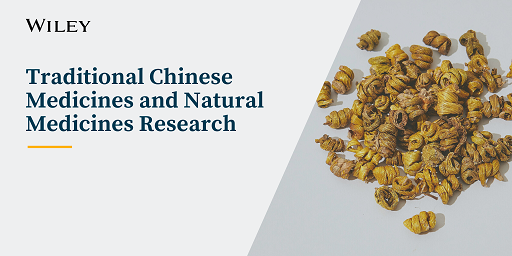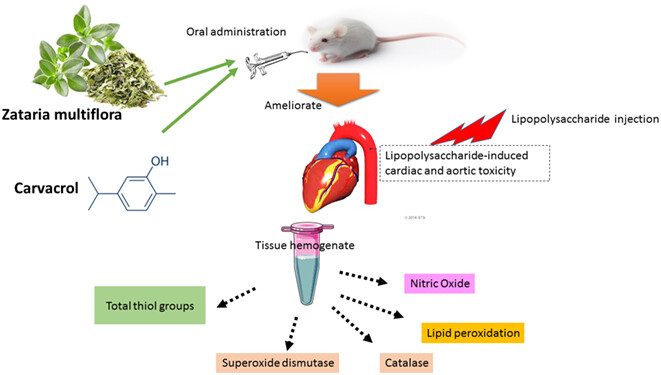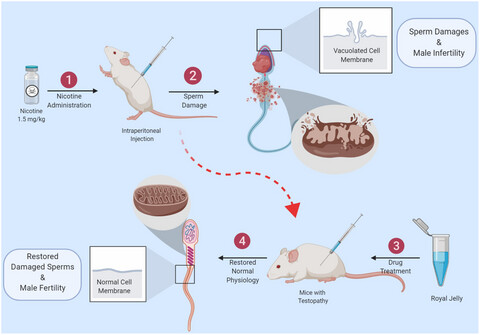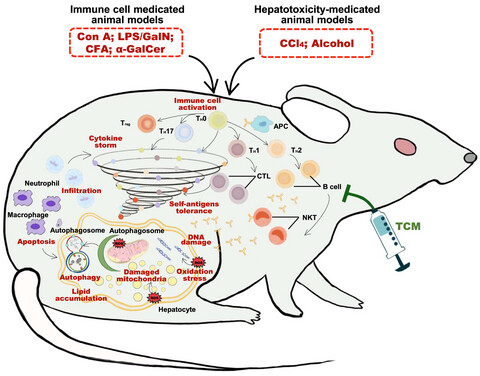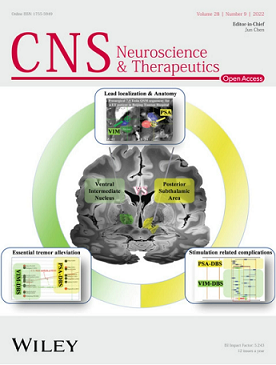Journal list menu
Export Citations
Download PDFs
Traditional Chinese Medicines and Natural Medicines Research
Natural products and extracts from plants as natural UV filters for sunscreens: A review
- First Published: 19 December 2022

It summarized natural UV filters from plant in the last 6 years in types of major constituent, main biological effects, evaluation methods of UV radiation resistance, anti-UV radiation experiment models and anti-UV radiation mechanisms, in order to better understand the role of herbal extracts in exerting their photo protective activity.
Lowering fasting blood glucose with non-dialyzable material of cranberry extract is dependent on host genetic background, sex and diet
- First Published: 20 November 2022
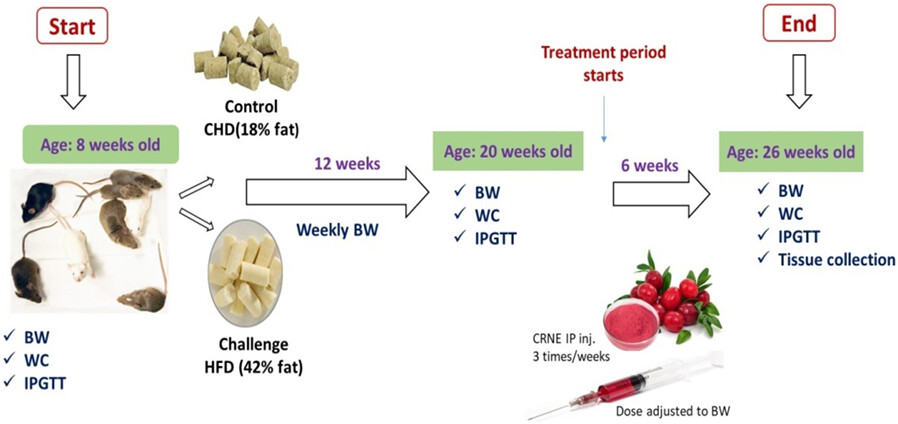
The total experimental period of this study was 18 weeks during which mice were maintained on either HFD (42% fat) challenge or on standard CHD (18% fat). Data analysis presented based on two different periods of the study: the first period (Pre-treatment period), followed by the second period when cranberry extract treatment starts. The first period is required for the development of diet-induced impaired glucose tolerance and obesity in response to diet during weeks 0–12 of the experiment (8–20 weeks old). During the experiment period, measurements of body weight and glucose tolerance ability were recorded at different time points, as shown in the graphic abstract.
Combination of Shengmai San and Radix puerariae ameliorates depression-like symptoms in diabetic rats at the nexus of PI3K/BDNF/SYN protein expression
- First Published: 14 June 2023
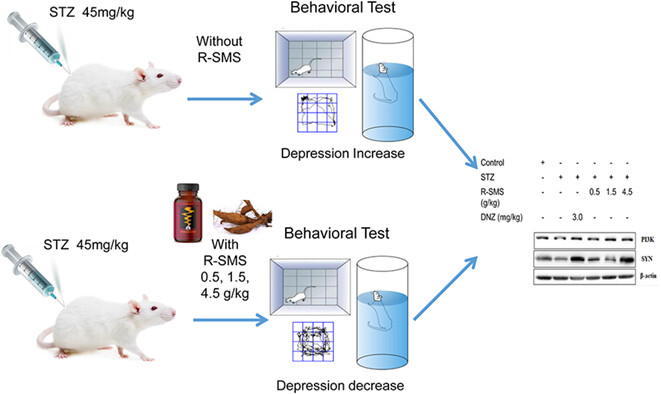
The prepared combination (R-SMS) formulation reversed diabetes associated depressive symptom in rats. Hyperglycemic rats showed depressive like symptoms as evident by reduced mobility time in the open field test, more immobile time in the forced swim test and more time required to eat in the novel environment. After R-SMS treatment depressive symptoms in hyperglycemic rats have been reverted as compared to non-treated diabetic rats. R-SMS treatment significantly up regulated PI3K, BDNF, and SYN protein expression to ameliorate depressive like symptom in the hyperglycemic rats.
Zataria multiflora and its constituent, carvacrol, counteract sepsis-induced aortic and cardiac toxicity in rat: Involvement of nitric oxide and oxidative stress
- First Published: 05 June 2023
Network pharmacological prediction and molecular docking analysis of the combination of Atractylodes macrocephala Koidz. and Paeonia lactiflora Pall. in the treatment of functional constipation and its verification
- First Published: 22 April 2022
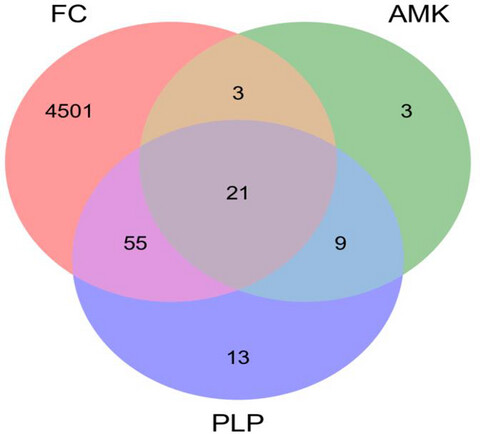
The intersection indicates a gene shared by two or three substances. The Venn diagAMK of the visualized relationship between PLP, AMK and functional constipation shows that PLP and AMK contain 30 common chemical constituents, PLP and functional constipation contain 76 common chemical constituents and AMK and functional constipation contain 24 common chemical constituents of which the three together contain 21 kinds of chemical compositions. To organize the active ingredients and targets of the two drugs, the components and targets of the two traditional Chinese medicines were imported into Cytoscape 3.7.1 to construct the basic adjustment and visualization of the traditional Chinese medicine compound-target network.
Classic mechanisms and experimental models for the anti-inflammatory effect of traditional Chinese medicine
- First Published: 12 April 2022
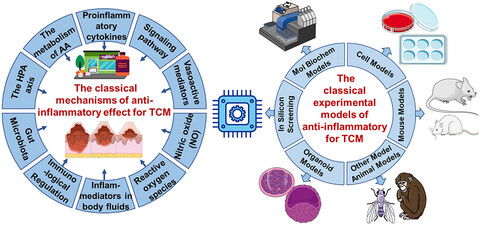
Inflammatory is a common disease and involved in the pathogenesis, complications, as well as sequelae of a large number of related diseases. Therefore, people have been devoted to develop anti-inflammatory drugs for the prevention and treatment of diseases. In fact, Traditional Chinese medicine (TCM) has been used to treat inflammatory and related diseases since ancient times. According to the review of abundant modern scientific researches, it is suggested that TCM exhibit anti-inflammatory effect via different levels, multiple pathways and various targets. And a series of in vitro and in vivo anti-inflammatory models have been developed for anti-inflammatory research of TCM. Nowadays, these reported classical mechanisms and experimental models of anti-inflammatory effect for TCM can provide reference and guidance for further research and development of TCM. Importantly, it is convinced that TCM is and will be an effective treatment for a variety of inflammation and inflammation-related diseases.
Royal-jelly-based apitherapy can attenuate damages to male reproductive parameter following nicotine administration
- First Published: 11 March 2022
Chinese medicine in the treatment of autoimmune hepatitis: Progress and future opportunities
- First Published: 19 January 2022




